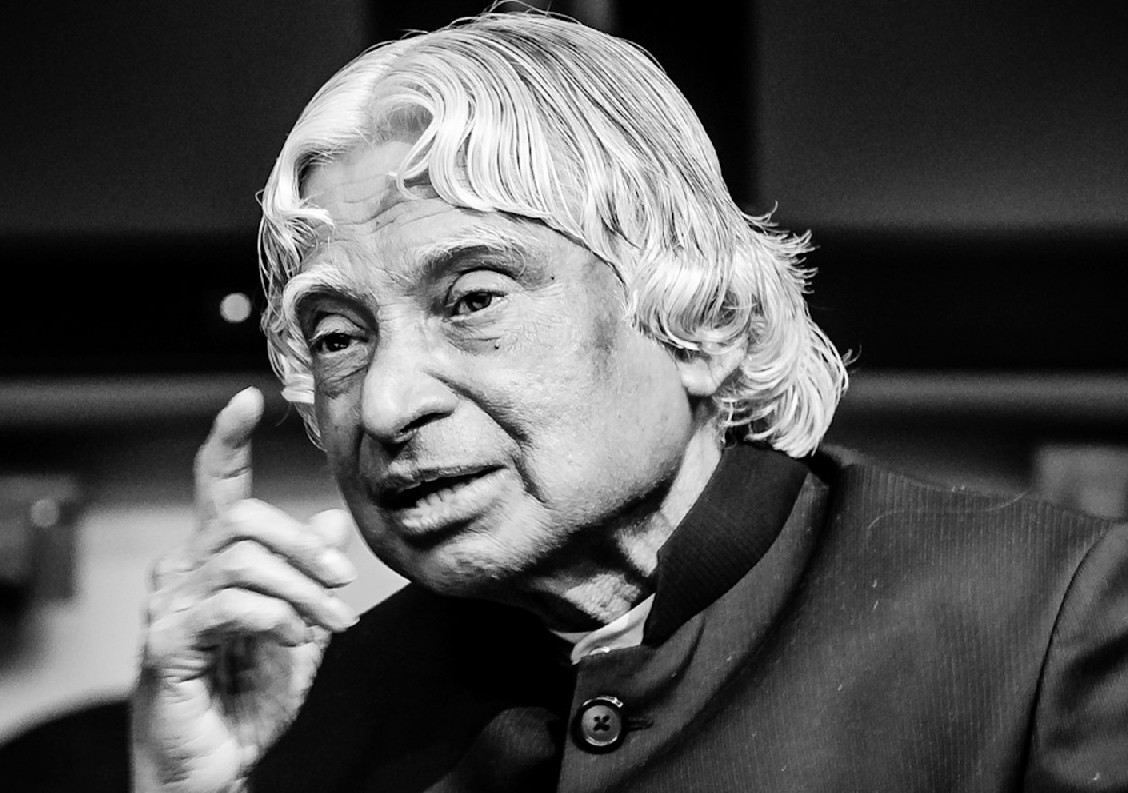This week in India was marked with the sudden demise of Dr. APJ Abdul Kalam, the Missile man, the extraordinary scientist and most importantly the man dubbed as the People’s President during and after his tenure in the Presidential office.
What made him so admirable was not just his academic and career success, his knowledge and simplicity but everything that he stood for. He came from a poor, rural, Muslim family in Tamil Nadu and rose to the highest office in the country, through sheer determination and hardwork. For young India he is an Icon of what is possible. In the midst of scam, corruption, high competition and unequal opportunities Dr. Kalam’s life was an inspiration of aspirations, dreams and success.
This post is a dedication and a reflection on the great man and his greatness.
What makes someone who comes from a life of hardship and challenges make it the way someone like Dr. Kalam does? And more importantly what prevents others in similar circumstances from doing the same?
The biggest difference is not what the world throws at us but how we perceive it.
Perception is the way we see and experience the world and it varies from person to person.
An example of perception could be a piece of clothing that you may buy because you like it and feel it looks good on you. You may not get the same reaction from others who see it. Some may think that it looks great. There may be others who hardly notice it while some may outright dislike it.
Most of us are convinced that our way is the best. However, the way we experience the world may not always be the way it really is.The map is not the territory it describes and a photograph is not the moment it was taken in. This is because the map and photograph both remove crucial information of energy, temperature, emotion, relationships, etc. Similarly our perception is filtered by our own limitations.
We may not realise it but we process and experience things at the conscious and subconscious levels. At the subconscious level we process them through mental and emotional filters and depending on the filter we use we get different outcomes. This is the reason why some people see a problem where others see opportunity – the typical glass half full/half empty phenomenon.
Perception itself is made of three things:
Experiences: If our experience has always shown us that something is good or bad, possible or not possible we are likely to make decisions based on that. If we have never seen anyone achieve a certain task it is that much more difficult for us to believe it can be done. Acknowledging that our experiences may be limited is the first step to overcoming limitations.
Beliefs: If you believe something is possible you will always be more inclined to do it. Beliefs about your capabilities, your possibilities, your social and emotional limits and what you deserve are often the stumbling blocks that prevent progress. Being able to overcome limiting beliefs about yourself and your circumstances will lead you to new possibilities and choices.
Identity: Who you see yourself as is as important and the opportunities around you. If you see yourself being the one responsible to change things you will always push yourself to achieve more and do more
The challenge is that awareness of what stops you may not be sufficient for you to overcome the limitation. Breaking through your inner beliefs, experiences and identity limitations is often the most difficult but most liberating experience for individuals who do it. And when you do, you realise that your biggest achievements in life are a result not of the external things you have to deal with but by the internal things you have been avoiding dealing with.
The ability to transcend inner limitations and thereby overcoming outer challenges is the difference that makes the difference and creates great men like Dr. APJ Abdul Kalam

